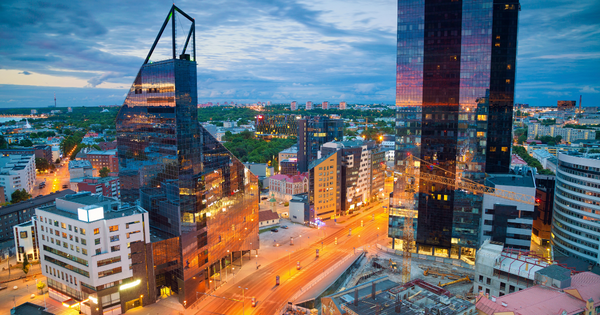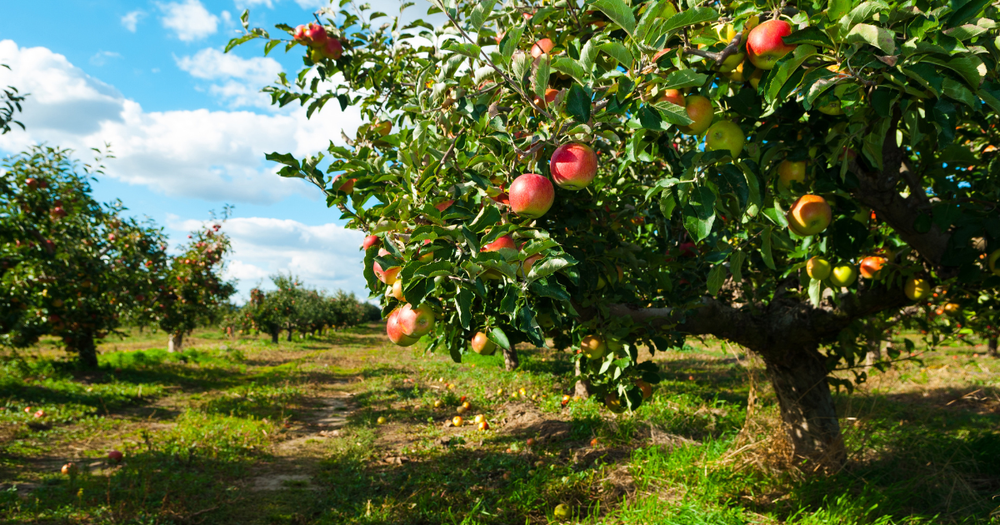Travel can change your life. It opens doorways to new cultures, perspectives, and friendships. Yet every trip we take also leaves a trace—emissions from flights, pressure on local resources, waste that lingers, and the ripple effects of overtourism on housing and heritage. The promise of sustainable travel is not to stop exploring, but to explore more thoughtfully. It’s about minimizing harm, amplifying benefits, and turning each journey into a net positive for the places and people who make travel possible.
Why sustainable travel matters begins with the obvious: the environmental footprint of how we move and stay. Transportation is a major source of global carbon emissions, and aviation, though a small fraction of trips, contributes disproportionately to that total. High-traffic hotspots can suffer from habitat loss and pollution, as fragile ecosystems strain beneath the weight of visitor numbers. Waste, especially plastics, accumulates in exactly the places we love—beaches, mountain trails, historic centers. Yet the social and cultural dimensions are just as pressing. Overtourism can push residents out of neighborhoods, inflate prices, and turn living heritage into a stage set. Ethical travel, by contrast, pays fair wages, honors local customs, and fosters genuine exchanges that enrich visitors and hosts alike.
Planning a planet-positive trip starts with destination choice. Consider places that have spelled out their commitment to conservation, responsible tourism policies, and community involvement. Sometimes the most memorable journeys unfold far from the most famous landmarks. Choosing a lesser-known region reduces pressure on overcrowded sites and often yields more authentic, less commodified experiences. Once you’ve picked a place, think in terms of time. Travel less, stay longer. Slow travel deepens your immersion, reduces the churn of short hops, and spreads your spending in ways that benefit local economies more steadily. A week in one region instead of a frenetic itinerary across five cities will shrink your per-day impact and give you the space to notice the details—the morning markets, the rhythms of a neighborhood café, the way sunlight shifts on a river.





